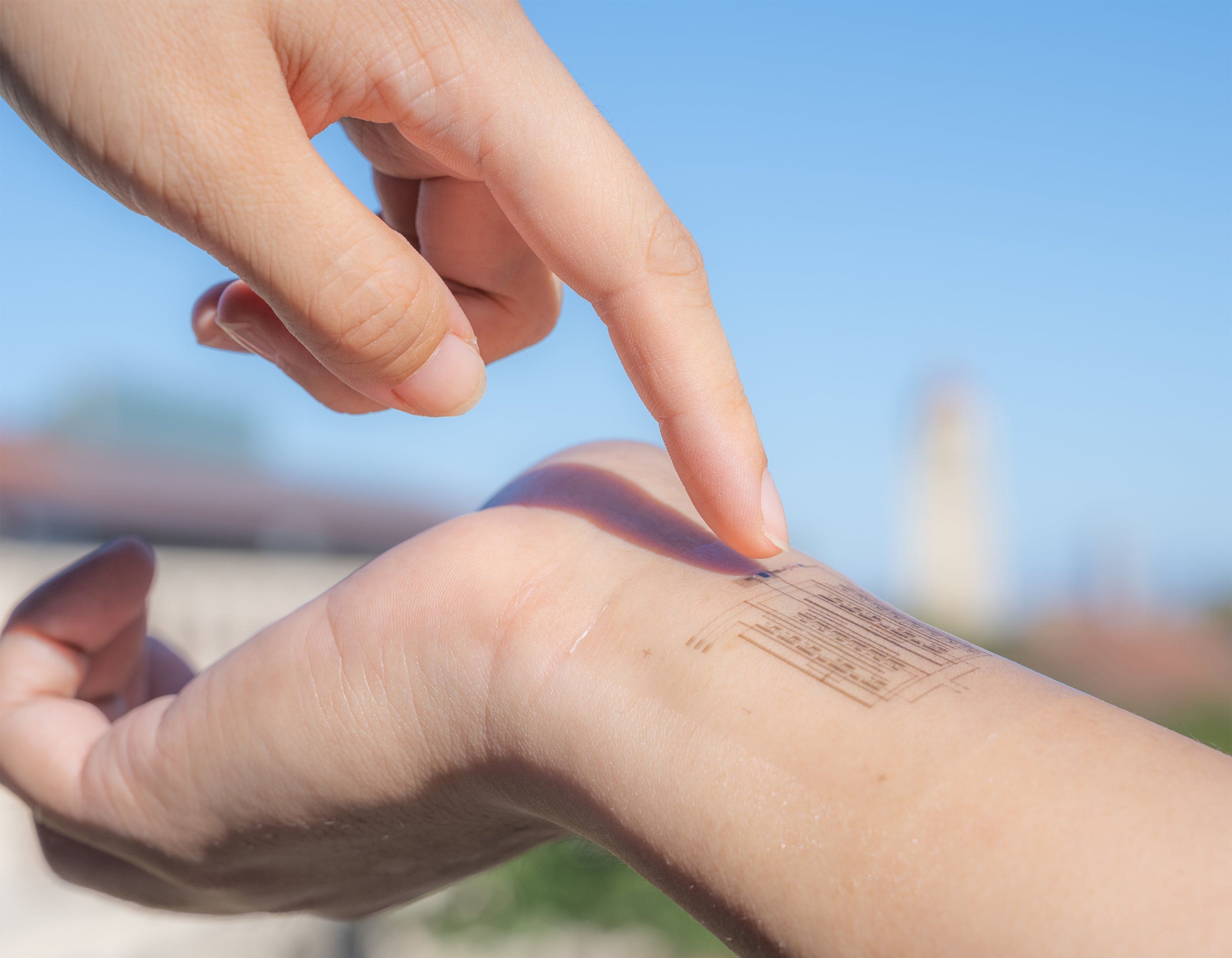
Researchers have developed an electronic skin that can mimic the same process that moves fingers, toes, and limbs when poked or burned. The technology could lead to the development of covers for prosthetic limbs that give the wearer a sense of touch or help restore sensation to people with damaged skin.
The e-skin was developed in the lab of chemical engineer Jhenan Bao at Stanford University in California. Her team has long worked to create artificial skin that is soft and flexible, yet can also transmit electrical signals to the brain so that the wearer can “feel” pressure, tension and temperature changes.
The latest work was published on May 18th. chemistrydescribes a thin and flexible sensor that can send signals to parts of the motor cortex of rat brains that cause the animal’s leg twitches when the electronic skin is pressed or squeezed.
“This latest e-skin has all the properties we’ve dreamed of,” says Bao. “We’ve been talking about it for a long time.”
sensitive skin
In healthy living skin, mechanoreceptors sense information, convert it into electrical pulses, and transmit it through the nervous system to the brain. To replicate this, electronic skin requires sensors and integrated circuits, which are usually made of hard semiconductors. Flexible electronic systems are already available, but they typically only operate at unsafe high voltages for wearable devices.
To create a perfectly soft electronic skin, Bao’s team developed a flexible polymer to use as a dielectric—the thin layer in semiconductor devices that determines the strength of the signal and the voltage required to operate the device. The researchers then used the dielectric to create an array of stretchy, flexible transistors, paired with sensors that are as thin and soft as skin.
“We changed all hard materials to soft materials while maintaining high electrical performance,” says Bao.
Sensors can convert physical changes, such as applied pressure or temperature changes, into electrical pulses. The researchers also created devices that mimic connections in the nervous system, called synapses, that can send electrical signals from nerves to muscles.
Bao’s group tested the system in rats. The skin was connected via wires to the rat’s somatosensory cortex (the part of the brain responsible for processing physical sensations). When the electronic skin is triggered by contact, an electrical signal is sent to the brain, which travels through an artificial synapse to the sciatic nerve in the animal’s leg, resulting in a twitching limb.
the next deployment
This type of electronic skin could potentially be used for people with severe injuries or sensory impairments. Bao says he hopes to develop a less invasive system in the long term. “We envision that for people who have lost limbs, we don’t need a brain transplant,” she says. “We may be able to put implants in the peripheral nervous system.”
For now, the e-skin still needs to be connected to an external power source, but Bao hopes to eventually develop a wireless device. But achieving a skin that covers every finger on her hand and responds to touch, temperature and pressure will require more development, she says.
Still, having a closed-loop system from sensation to muscle movement is “very exciting,” says Alejandro Karniser Lombarte, a bioelectronics researcher at the University of Cambridge, UK. The device Bao’s team has built is “just a proof of concept,” he says, but in the field of prostheses, many groups are working on individual components, as Bao’s team did. , it is difficult to combine them all into his one system. It’s an important step forward. “Putting all these things together in sequence is not an easy task, and I am very impressed with this,” he says.
Carnicer-Lombarte also sees the possibility of integrating other known technologies into the system to create skins that allow the thumb and little finger to sense different things, for example. Achieving greater sensitivity and being able to target specific brain regions would make the technology even more useful in the future, he added.
This article is reproduced with permission and was first published on May 18, 2023.











